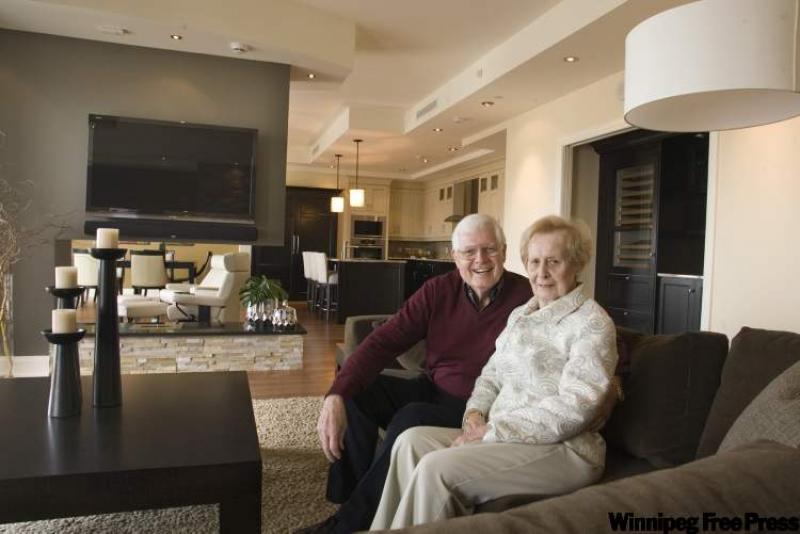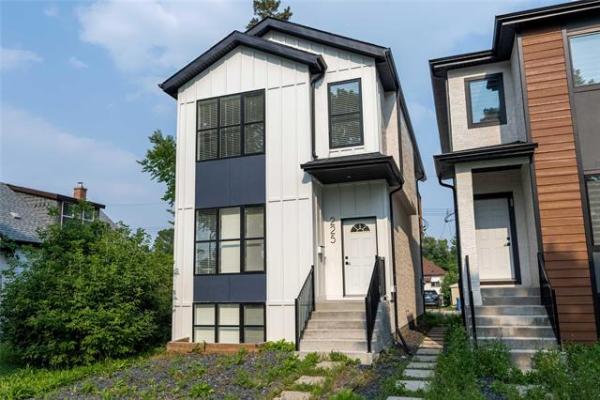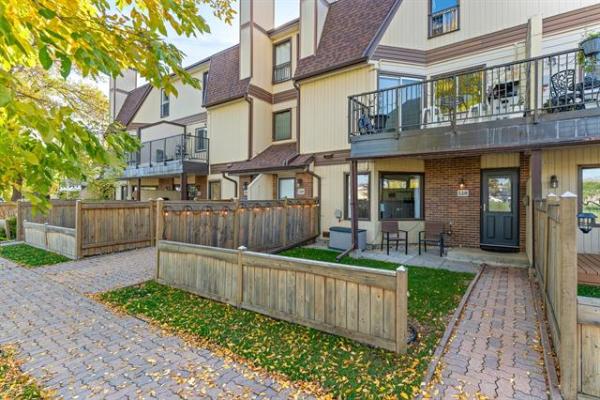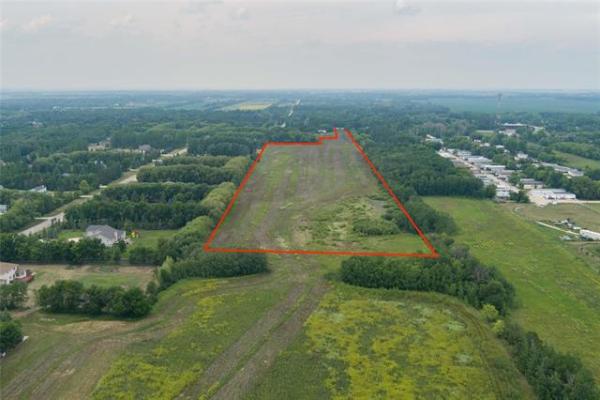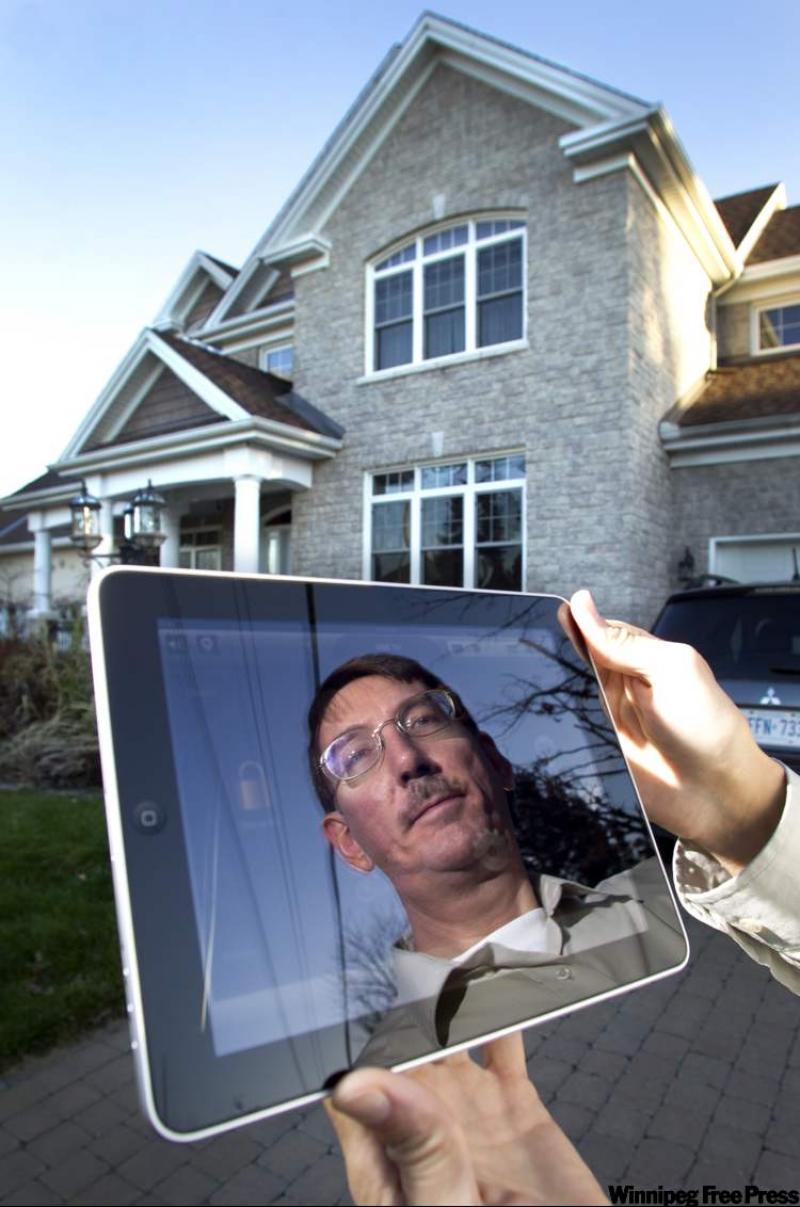
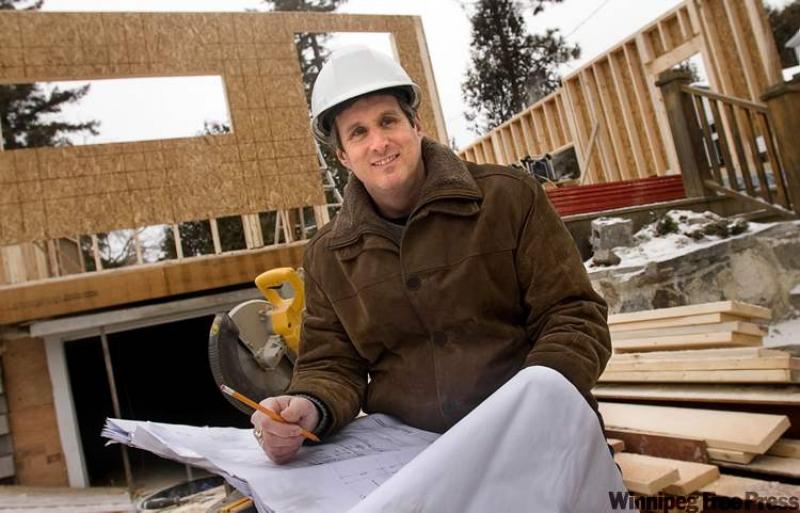
OTTAWA -- The evening's colder than a polar bear's toenails as you pull into the driveway, and your home's been empty all day. Yet the entrance lights glow, the house is warm, and your music playlist is already working its soothing magic.
About the only thing you have to do yourself is splash the single malt over the rocks.
Once the stuff of The Jetsons, smart-home technology -- which does everything from manage interior climate control to send you a cellphone message if your teenager misses curfew -- has hit its stride over the past five years.
The systems boast an undeniable cool factor, an extraordinary range of applications and a promise to heighten home security while reducing household operating costs. Above all, say proponents, the systems are beguilingly convenient and flexible thanks to their nifty integration of home automation and entertainment functions.
"They're for everyone," says Bruce Miller. His Ottawa-based company TriVista Smart Homes (www.trivista.ca) installs the systems, and Miller's own home is decked out to the nines with the technology including a good-night switch. Activate it at bedtime, and it shuts off or dims all the lights in the home, turns off televisions and other entertainment systems, ensures the garage door is closed and locked and arms the security system.
Despite such razzle-dazzle options, says Miller, "cost isn't even a factor anymore: people spend more just on their televisions than they would on a basic smart-home system."
Those systems start at $2,000 for a bare-bones version (although $5,000 is more realistic for anything significant) and soar all the way to $100,000 and more for ones with all the bells and whistles.
And while the latter sounds like a great deal of money, it's less than a third of what people were paying just a few years ago for much less sophisticated systems, says Tom Dewar. whose company has been installing audio, home theatre, lighting control and security systems for years.
"Competition and new technology have driven the price of integrated systems down."
Dewar's projects have included a high-end system for a client who is the primary caregiver for his wife, who has Alzheimer's. The installation includes features like a sensor on the wife's bed that alerts her husband if she gets up in the night.
Along with a host of security, lighting and other applications, there's also a refrigerator monitor: if the fridge door hasn't been opened by late morning, an indication that the husband may be in medical difficulty himself, a message goes to a responder's BlackBerry.
Such smart-home systems consist of a centralized controller or brain usually tucked away in a basement corner, sensing devices like thermostats, and a user interface.
That interface was traditionally a wireless, wall-mounted or tabletop touch screen with icons to household functions. They ran around $1,200 and up. The iPad, however, at $500 to $600 plus $100 or so for the smart home application, "has revolutionized home automation," says Miller.
Not only does the iPad provide all its usual goodies -- access to the web, e-mail, music and movies -- it handles every bit and byte of smart home technology you can throw at it. Using a Control4 system that controls all of a homeowner's connected home systems, the device lets you do really neat stuff with the touch of a finger. You can activate your home theatre array so the projection screen descends from the ceiling, lights dim and the movie fires begins. If someone rings the doorbell, touch the iPad again and the caller shows up in a corner of your projection screen.
Depending on the size of your home, the age and number of people living there, and your lifestyle, there's potential to save energy as well.
The Builders Manual of the Canadian Home Builders' Association lists a number of such opportunities, from sensors that automatically shut off lights in an unoccupied room (although a light switch works well for that, too) to others that tell the lawn sprinkler to take a break from its normal irrigation cycle when it's raining.
Smart-home technology can also support greening efforts, says Steve Barkhouse, owner of the eco-conscious Ottawa renovation and custom home-building firm Amsted Design-Build.
"We put a system in our own house. When we're away in the summer, it runs the pool just enough to keep the water clean instead of all the time. You can also set it so it turns the air conditioning back on the day before you get home."
Barkhouse says he's seen systems installed even in less costly renovations, although its usually tech-savvy 40-somethings, not greying baby boomers, who opt for them.
The advent of reliable wireless systems, meanwhile, allows retrofitting for smart home technology without resorting to a major rip and tear.
With technology already doing everything from enforcing constraints on children's gaming time to monitoring sump pumps in areas prone to sewer backups, what does the future hold for smart homes?
Look for an uptick in smart appliances, say the experts. A recent study projected the global household market for smart appliances will surge from $3.06 billion to more than $15 billion in the next five years.
What sort of appliances? How about a toaster that shrinks its heat output during a period of peak electricity demand? Or a refrigerator that warns you if meat is going bad?
Now that's smart.
-- Postmedia News

